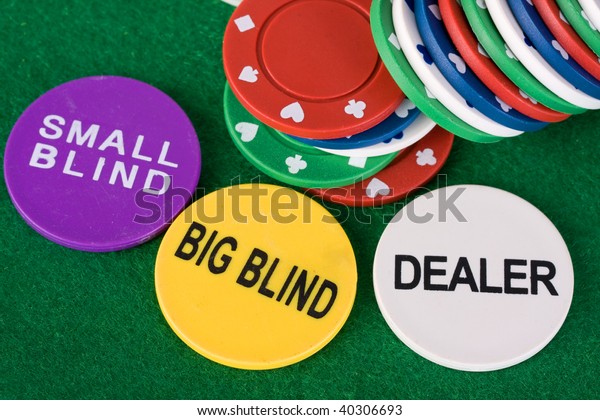Blind bets are used in Texas hold’em to get chips into the pot before the cards are dealt out. They are compulsory. Usually there are two blinds — the small blind and the big blind.

Big Blind Small Blind Chips Near Me
1' Little Blind (small blind) 1' Big Blind Related Products: Acrylic Stackable 100-chip Poker Chip Tray / Rack - Set of 10. Glossy wood chips cases. Put in front of a player who has wagered all their chips. Blind, Small Blind with Big Blind: Put in front of the players to show they owe the indicated amounts. The blind button is used in single blind games, while the big and small blind are used together in double blind games. Missed Blind, Missed Big Blind, Missed Small Blind. Amazon.com: CASINOITE High Rollers Poker Chips Set 300 Pcs with 10 Plaques Rodeo Cowboy 45mm Casino Style Chip Red Hard Case, 2 Decks of 100% plastic cards, 3 Trays, All in, Dealer, Big blind, Small Blind Button: Sports & Outdoors. Dead chips are not part of a player's bet. With two blinds, the small blind is posted by the player immediately clockwise from the button, and the big blind is posted by the player two positions. The first big blind should be 1/50 of the starting chip amount. (or the starting chip amount should be 50 times the starting big blind). So if everyone starts with 1000 in chips the first big blind should be 10/20. Blind period is the time each blind lasts: Typical tournament blind periods are 10, 15, 20, 30, or 60 minutes.
For example, in a $4-$8 game, the small blind (SB) is two $1 chips placed on the board by the player seated just to the left of the Button. And the big blind (BB) costs four $1 chips by the player just to the left of the SB. That serves to get the game started.
Big Blind Small Blind Buttons
After the BB and SB post their respective blinds, the dealer starts by dealing two cards to each player, face-down — their hole cards. The first round of betting starts with the player to the left of the BB. After the Button acts, the SB must add two more chips to see the flop.

If there is a raise along the way, he must call the raise plus two more chips. Alternatively, he can raise the bet if he so chooses. In that case, each of the players still in the pot have the option to call the raise or re-raise. That includes the BB. The dealer will then deal three cards face-up — the flop.
Consider the situation when, before the flop, everyone has folded to the Button. At that point, he may raise it up. “Raise!” he announces aloud. In a $4-$8 limit game, he bets $8. The BB and SB then have three options: call the raise, re-raise, or muck their cards.
Big Blind Small Blind Chips Covered
More often than not, they will both have been dealt weak or marginal starting hands; and so, will fold their hands, leaving the pot to the raiser. The Button’s raise then wins the pot — albeit a very small one. The dealer will rake one chip.
But do that often enough, and it adds up. Many players are wont to “steal the blinds” in this way. Even if one of the blinds has a reasonable starting hand, most often he will fold his cards, reasoning that the raiser probably has a much better hand than he, and his pot odds are poor.
In a somewhat similar situation, a skilled player in the Cut-Off position — just to the right of the Button — may make a raise before the Button. If the Button and both blinds muck their cards, the Cut-Off takes the pot. This ploy is best used when the Button is a tight player, and not loose — aggressive. It pays to know your opponents, especially those to your immediate left.
Should the Button fold, but one of the two blinds elects to call the raise, the Cut-Off will have gained position, essentially becoming the virtual Button — last to act. Thus, the Cut-Off now can see how the blind plays his hand on the flop and on subsequent rounds of betting before he must act, without fear of being reraised.
That gives him a real edge — a significant advantage for the rest of the hand.
A skilled player in the Cut-Off position will glance to his left as he contemplates making a raise pre-flop to see if the Button or one if the Blinds is anxiously gathering chips to raise the bet.

That’s a great tell. Like “an ounce of prevention,” he then can muck his hole cards without having to invest a double bet or more. Note: The chips you save are more valuable than those you win. But, just in case one of them has a strong hand, it is best to have at least a marginal starting hand when making this raise.
Likewise, the skilled player may have previously observed that the Button is very aggressive, and prone to raise in such cases. Wisely, he will plan to change his seat when the opportunity arises, so that the aggressive player is to his right, and must act before he must decide if he wants to make that raise.